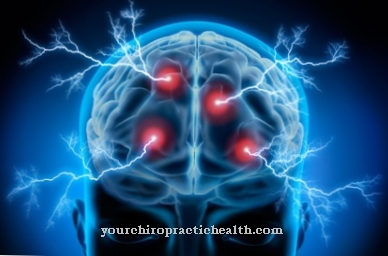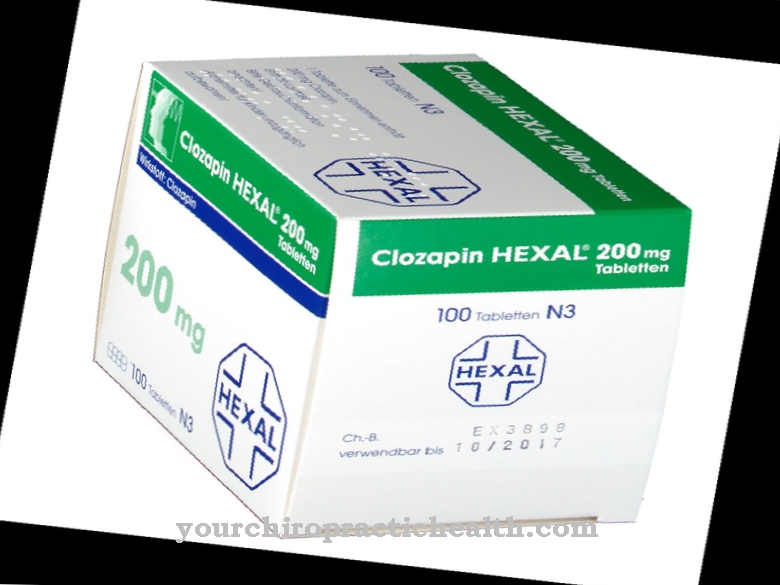Ergotamine, obtained from ergot, is used to treat certain types of headaches (e.g. migraines). Ingestion constricts blood vessels in the brain and affects certain receptors.
What is ergotamine?

Ergotamine belongs to a group of drugs called ergot alkaloids. The application causes the blood vessels to narrow in the area around the brain.
Ergotamine also affects blood flow patterns that are responsible for certain types of headache. For example, the drug is used to treat migraines. However, ergotamine is only used in the acute case of an already used migraine. It has no effect on the prevention of migraines, nor does it reduce the number of migraine attacks.
Ergotamine should not be used in the treatment of normal headache caused by stress or exertion, nor in pain that is different from the regularly occurring migraine attacks. Ergotamine is obtained from ergot, which has also been produced since the 16th century. is used in medicine.
Pharmacological effect
The effects of Ergotamine on the body are very complex. The molecules of the agent share structural similarities with neurotransmitters such as serotonin, dopamine, ephedrine, these can bind to different receptors and act as their counterpart.
The successful anti-migraine effect is achieved through a narrowing of the intracranial extracerebral blood vessels of the 5-HT1B receptor and an inhibition of the trigeminal neurological transmission through the 5-HT1D receptor. Ergotamine also has an effect on the receptors for dopamine and norepinephrine. The effects on D2 dopamine and the 5-HT1A receptor can cause some side effects.
Medical application & use
Ergotamine is used to treat certain types of headaches (e.g. migraines). It narrows certain blood vessels in the head, thereby relieving painful symptoms.
For acute treatment, a tablet should be placed under the tongue as described by the doctor in order to dissolve slowly. The pill should not be chewed or swallowed, or combined with food or liquids while it dissolves in the mouth. The dosage depends on the type of headache and the individual reaction to the drug. Ergotamine works best when it is taken at the first signs of an attack.
If the headache is badly advanced, the remedy may not work fully. Ergotamine should only be used when needed. It is not intended for long-term, daily use. The maximum dosage consists of 3 tablets in 24 hours and 5 tablets in 7 days. Ergotamine can cause withdrawal symptoms, especially if it has been taken regularly over a long period of time. In these cases, headaches set in as soon as the drug is stopped.
These headaches are likely to be different from normal headaches and can last for a few days. Such symptoms should be reported to the attending physician as soon as possible. The doctor should be informed in advance if extreme consumption of ergotamine becomes suspicious, the drug no longer works successfully, the headache becomes more severe or increases in frequency, or if ergotamine is used for more than two attacks per week. In this case, another medication may need to be prescribed.
Risks & side effects
Dizziness and vomiting may set in when taking ergotamine. If these side effects persist or worsen, a doctor should be consulted as soon as possible.
The attending physician prescribed the ergotamine because he assumed that the risk of possible side effects is lower than the successful effect of the agent. Many patients do not notice any side effects. A doctor should be consulted quickly if the following rare but possible side effects occur: slowed or accelerated pulse; Tingling or coldness in fingers or toes; blue fingers or hands with onset of numbness; Muscle pain and physical weakness; severe stomach pain; Lower back pain; little or no urine.
An emergency doctor should be alerted if there is significant chest pain, visual disturbances, confusion or slurred speech. Difficulty breathing or a sudden rash could be signs of an allergic reaction. The emergency doctor should also be alerted here.



























